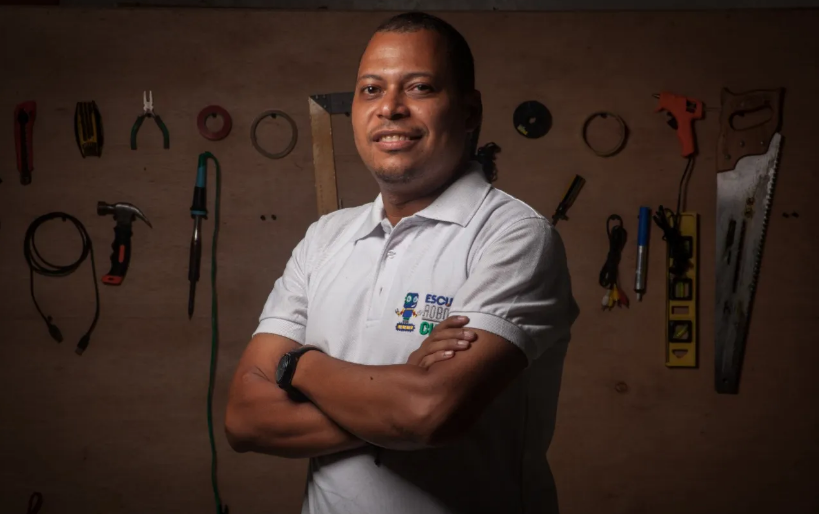The Genesis of the Chocó Robotics School: Empowering Through STEM Education
Introduction
The story of the Chocó Robotics School is one of resilience, determination, and a belief in the transformative power of education, particularly in the fields of science, technology, engineering, and mathematics (STEM). It is a tale that begins with the personal journey of Jimmy García Caicedo, a man whose passion for technology and commitment to his community have led to the establishment of a groundbreaking educational initiative in one of Colombia’s most marginalized regions.
Part 1: Early Beginnings
Jimmy García Caicedo’s story traces back to his adolescence in Quibdó, Colombia. Upon completing high school, he expressed an interest in studying architecture, only to be advised by his father to pursue a degree in systems engineering instead. Despite this redirection, García’s fascination with technology remained undiminished.
Part 2: A Revelation in Education
Years later, as an engineering professor in Medellín, García encountered a pivotal moment when he received a robotics kit from the Fe y Alegría Foundation. This kit, consisting of various mechanical components and a programmable “brain,” sparked García’s imagination and prompted him to create a vehicle capable of navigating obstacles. This experience ignited a passion for robotics and education that would shape García’s future endeavors.
Part 3: The Birth of the Chocó Robotics School
In 2016, García founded the Chocó Robotics School in Quibdó, initially operating out of his mother’s internet café. Despite facing financial challenges and skepticism from institutional sources, García persisted in his mission to provide STEM education to children in the Chocó region. Over the years, the school has grown exponentially, welcoming thousands of students and gaining recognition both nationally and internationally.
Part 4: Expanding Horizons
The success of the Chocó Robotics School has not been confined to Quibdó alone. García’s vision has inspired the creation of similar initiatives in other underserved communities, such as the Innovation Space Imbilí in Nariño and educational programs in Medellín. Through partnerships with organizations like HP and the Ford Global Fellowship program, García has been able to extend the reach of STEM education to even more individuals, including girls who have traditionally been underrepresented in the field.
Part 5: Overcoming Challenges
Despite the achievements of the Chocó Robotics School, García and his team continue to face obstacles, both logistical and societal. Limited resources, institutional indifference, and persistent stereotypes pose ongoing challenges to their efforts. However, García remains undeterred, seeing education as a potent tool for socioeconomic transformation and a means of empowering the communities of the Pacific region of Colombia.
Conclusion
The story of Jimmy García Caicedo and the Chocó Robotics School is a testament to the power of perseverance, innovation, and the unwavering belief in the potential of every child, regardless of their background or circumstances. Through STEM education, García is not only equipping young people with technical skills but also instilling in them a sense of confidence, purpose, and hope for the future. As the Chocó Robotics School continues to expand its reach and impact, it serves as a beacon of inspiration for educational initiatives worldwide, proving that with determination and dedication, anything is possible.
